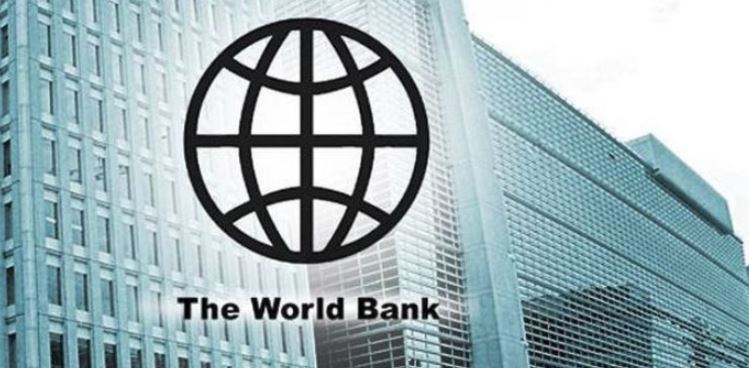Nepal’s economy will grow by 3.9% in 2022: WB

By A Staff Reporter
Kathmandu, Oct. 8: The World Bank has projected that Nepal economy would grow by 3.9 per cent in the current fiscal year 2021/22.
According to World Bank’s latest South Asia Economic Focus, the economy is expected to grow by 3.9 per cent in FY22, an improvement over 1.8 per cent growth in FY21, but still below pre-pandemic growth averages.
A gradual recovery is underway in Nepal, boosted by the lifting of containment measures as vaccination picks up and tourism and migrant worker flow recover. The government has set a target of 7 per cent economic growth in the current fiscal year. Similarly, the Asian Development Bank (ADB) had recently projected a growth rate of 4.1 per cent in the current fiscal year.
According to the World Bank, Nepal's economic growth rate is estimated to reach 4.7 per cent in 2022/23. In Nepal, the pandemic has accelerated the growth of digital services, with the use of electronic payment transactions increasing by double digits.
Growth in the services sector as a whole is expected to drive Nepal’s recovery, despite structural constraints such as slow domestic job creation, the country’s high vulnerability to natural disasters and climate change, and large infrastructure gaps, it said.
In South Asia, recovery continues as global demand rebounded and targeted containment measures helped minimize the economic impacts of the recent waves of COVID-19. But the recovery remains fragile and uneven, and most countries are far from pre-pandemic levels, states the World Bank’s twice-yearly regional update.
In Nepal, recovery is vulnerable to risks, and will rely on the continued gradual resumption of economic activities alongside social distancing and an effective vaccination rollout this year, the report said.
The latest South Asia Economic Focus titled Shifting Gears: Digitisation and Services-Led Development projects the region to grow by 7.1 per cent in 2021 and 2022.
While the year-on-year growth remains strong in the region, albeit from a very low base in 2020, the recovery has been uneven across countries and sectors.
South Asia’s average annual growth is forecast to be 3.4 per cent over 2020-23, which is 3 percentage points less than it was in the four years preceding the pandemic.
“The pandemic provides the opportunity for countries to craft a recovery path that draws lessons from the crisis,” stated Faris Hadad-Zervos, World Bank Country Director for Nepal, Maldives, and Sri Lanka.
“Nepal recently adopted the Kathmandu Declaration as a joint commitment of the government and development partners towards the country’s Green, Resilient, and Inclusive Development (GRID). Mobilising the private sector through green investment and support for small and medium enterprises with job growth potential in the services sector is a key part of Nepal’s GRID strategy.”
COVID-19 has left long-term scars on the region’s economy, the impacts of which can last well into the recovery.
As countries build back, they have a chance to rethink their long-term development models. With the emergence of new digital technologies, South Asia has an opportunity to shift gears from a traditional manufacturing-led growth model and capitalize on the potential of its services sector.
The role of services in the region’s economy has been increasing amid rapid technological change and the accelerated structural transformation of global economic activity in response to the pandemic.
“Countries in South Asia have a strong comparative advantage in exporting services, particularly business processes and tourism, whereas they have struggled to break into manufacturing export markets,” said Hans Timmer, World Bank Chief Economist for the South Asia Region.
Recent News

Do not make expressions casting dout on election: EC
14 Apr, 2022
CM Bhatta says may New Year 2079 BS inspire positive thinking
14 Apr, 2022
Three new cases, 44 recoveries in 24 hours
14 Apr, 2022
689 climbers of 84 teams so far acquire permits for climbing various peaks this spring season
14 Apr, 2022
How the rising cost of living crisis is impacting Nepal
14 Apr, 2022
US military confirms an interstellar meteor collided with Earth
14 Apr, 2022
Valneva Covid vaccine approved for use in UK
14 Apr, 2022
Chair Prachanda highlights need of unity among Maoist, Communist forces
14 Apr, 2022
Ranbir Kapoor and Alia Bhatt: Bollywood toasts star couple on wedding
14 Apr, 2022
President Bhandari confers decorations (Photo Feature)
14 Apr, 2022











